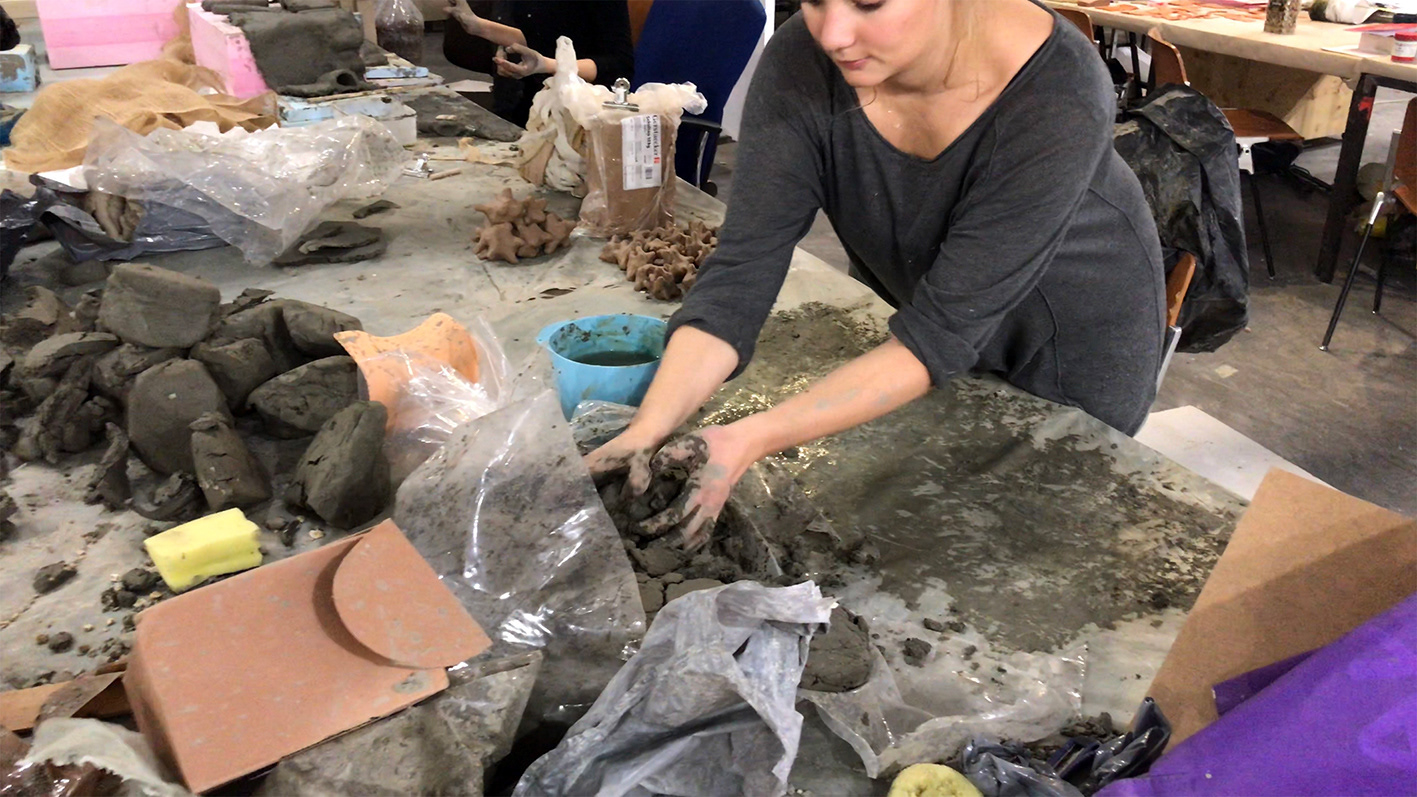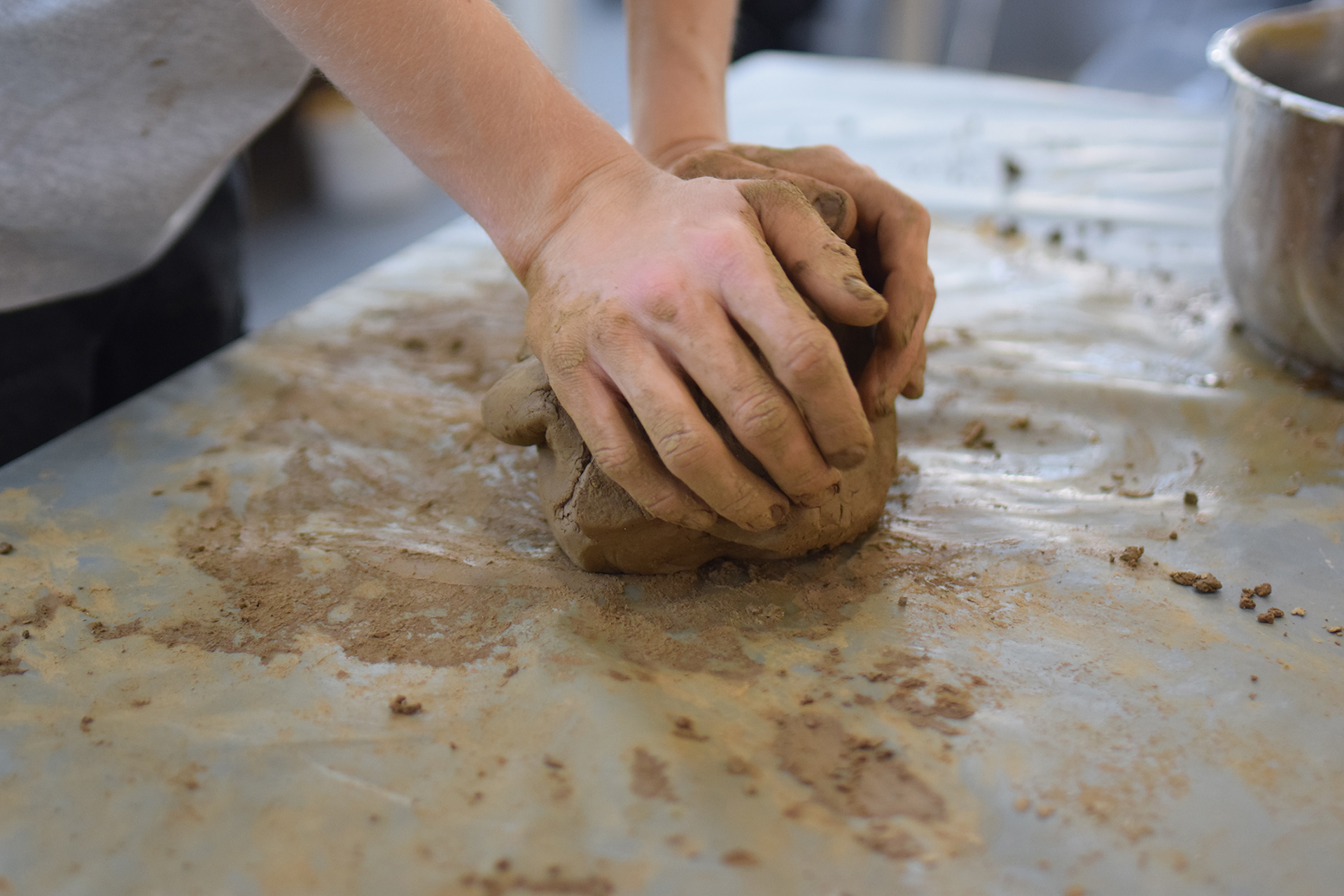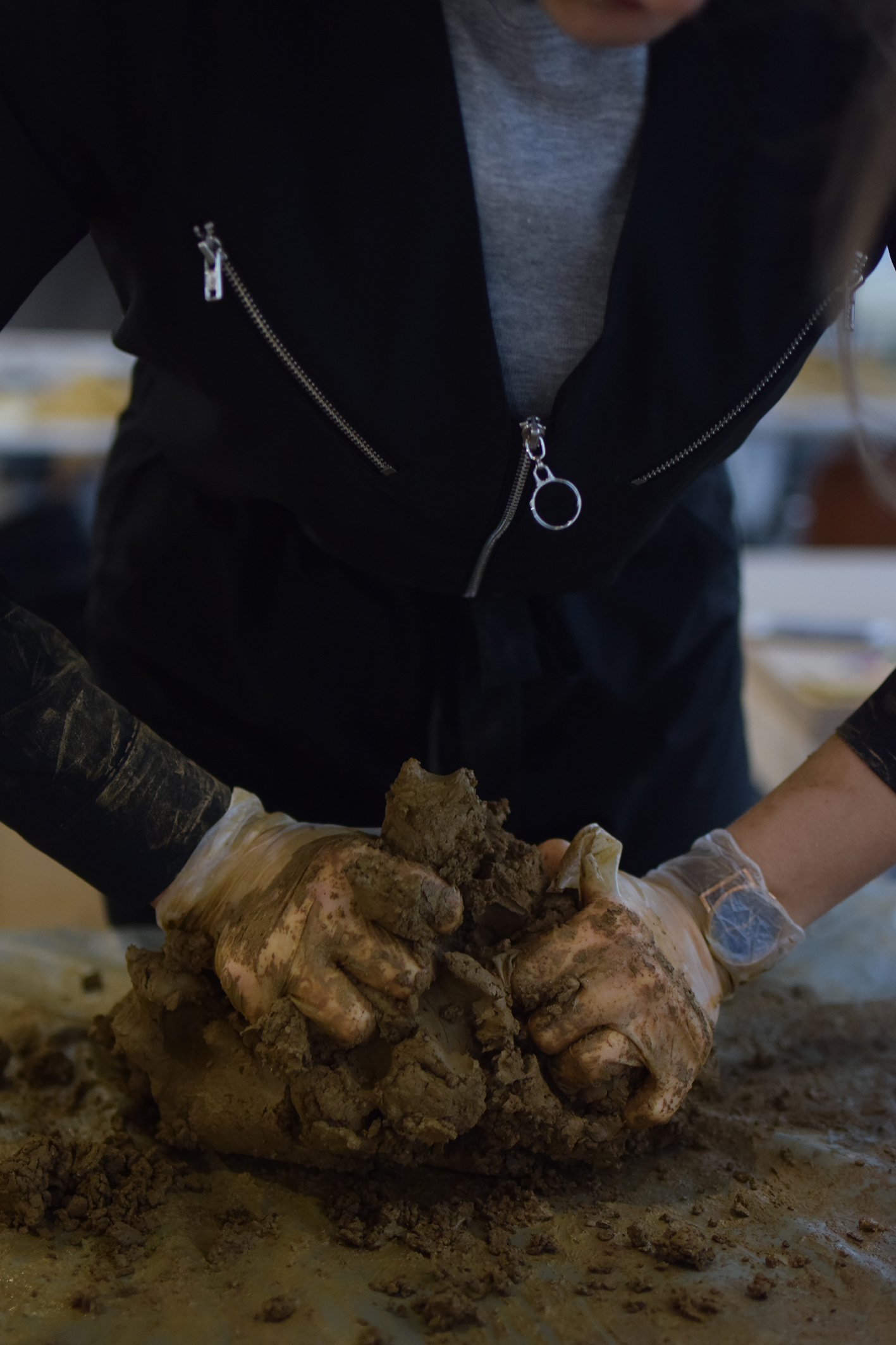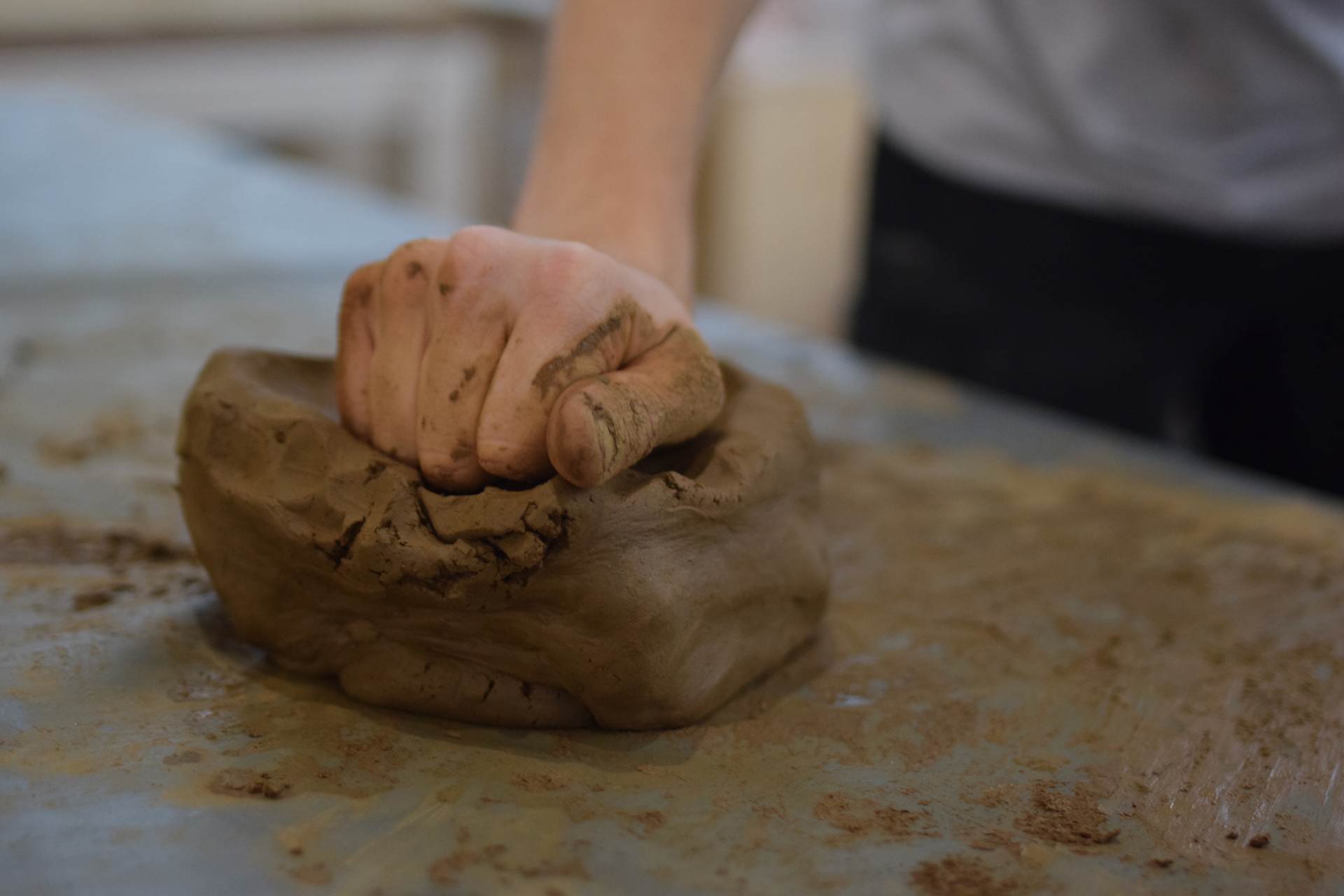COACH - PROFESSORSHIP AT THE ACADEMY OF FINE ARTS, VIENNA
Design Studio IKA Academy of fine Arts, Vienna
Bachelors Winter Semester 2018/19
Design Studio IKA Academy of fine Arts, Vienna
Bachelors Winter Semester 2018/19
Michelle Howard and Luciano Parodi
A WALL AROUND A PUBLIC BUILDING
Because of the way they are used, train stations have always been perceived as public buildings. In reality, they have almost always been the property of railway companies. When these train stations were sold whole populations felt the pain of their loss.
Our studio project approached this international dilemma by looking very closely at one station house for sale in Zehdenick, 75 minutes by train north of Berlin. Perhaps the strangest of the conditions of sale is that the site perimeter must be enclosed, something clearly at odds with the use of a public building. Using the enclosure as a tool, our projects propose a future for the station house and its environs by proposing a wall which addresses its publicness. With the construction of this railway line in the late 19th century, enormous deposits of clays were found. They became the largest clay pits and brickworks in Europe and provided the bricks with which Berlin’s sudden growth was nourished. Clay was our material of discovery and innovation this semester. The aim of the experimental research was to rediscover a rich and ancient construction material with today’s technologies in mind. Clay exceeded our expectations. Wienerberger supplied us with raw clay which needed to be prepared by sorting, throwing, soaking and kneading before being formed, smashed, cut, moulded and burned. It was excavated, modelled and burned on site, rendered to extreme thinness, combined with natural and artificial fibres and combined in new clay compounds. Wetness and dryness were put to work together, fragility was transformed into strength and fire became a powerful tool. Since their almost simultaneous appearance in the late nineteenth century, railways and cinema have been intimately connected. Using the moving image each group moulded a short film connected to their ideas.
With these tools, each group devised a Wall around a Public Building.







Fabrickated
Anna Orbani’c and Alma Kelderer
We have proposed an experimental linen laboratory which unravels and reveals ways of ecological flax production and biodegradable construction. We use linen as the matrix which contains clay and lends it form until the burning process where it disappears leaving indelible traces in the form and behaviour of the ensuing ceramic pieces.
THE BURROW
Yoko Halbwidl and Martin Kohlberger
Our explorations with digging our own pits and harvesting our own clay led us to imagine a film studio where the sense of this place is altered through modelling the landscape, earth taken from the site by burrowing down is deposited on the site create a new topography. Worm-like tunnels constructed or resulting from burning off vegetation create new paths.
MUSHROOM EQUILIBRIUM
Veronika Behawetz and Fabian Schwarz
Because of the presence of so many bodies of water, this area seems to be continually shrouded in fog, altering our sense of equilibrium. Mushrooms love humidity and to break through asphalt and earthworks. We designed a landscape which embraces these tendencies and renders the habitat of the organism mobile, sometimes simply by letting the mushrooms destroy their own homes.
CLAYGROUND
Lisa Penz & Jákob Czinger
With the project „Clayground “, we wanted to create walls which traverse boundaries rather erecting them and encourage interaction through play. We used hollow forms made from bent plates, soaked and burned foams and layering, created areas which filter movement and light, casting complex shadows which connect them to the landscape.


FISHWORKS
Magdalena Stainer – Zoe Pianaro – Dila Kirmizitoprak
Surrounded by lakes teeming with fish formed by the old clay pits and connected by train with Berlin, the environment of the train station house lends itself perfectly as a place to smoke, process and sell fish. The smoking process is a public spectacle where conical chimneys provide the smoke and heat which are channelled through clay tiles above which the fish hang.